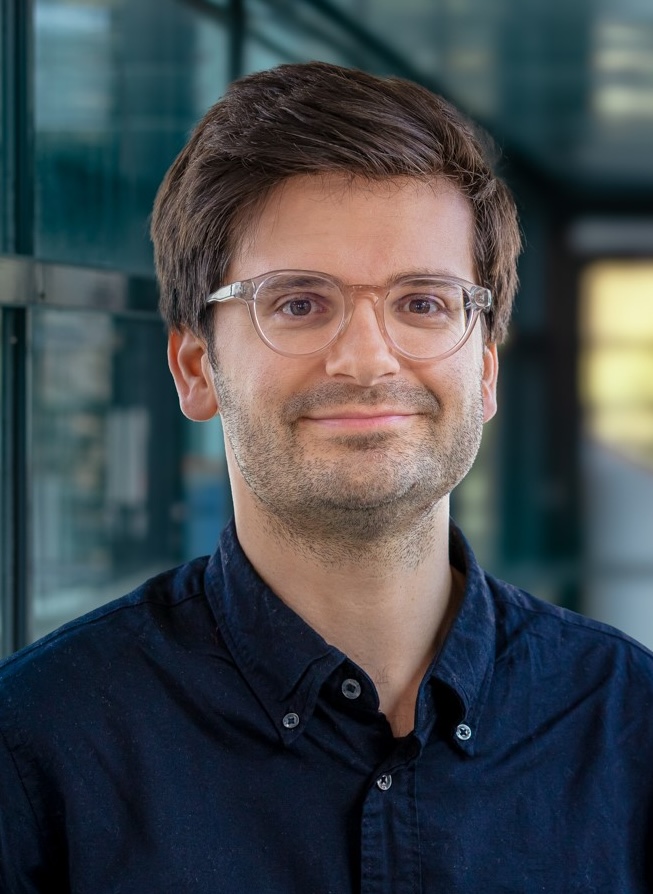Profile
I studied Natural Sciences and Mathematics at the University of Cambridge from 2009-2013, graduating with BA and Masters degrees. From 2013-2017 I worked at the University of Edinburgh towards my PhD, under the supervision of Prof. Donal O'Connell. Then, from 2017-2020 I worked as a postdoctoral researcher at Uppsala University in Sweden, where I collaborated closely with Dr Henrik Johansson. Since 2020 I have been affiliated with Humboldt University and the Max Planck Institute for Gravitational Physics (Albert Einstein Insitute) in Germany.
I took up my position at Queen Mary University of London in 2024, funded by a £1.3m Royal Society University Research Fellowship: “Gravitational Waves from Worldline Quantum Field Theory”.
Teaching
Besides tutoring students, I am currently working as an MA for Mathematical Techniques 1
Research
Research Interests:
Gravitational waves produced by binary black hole and neutron star encounters are now routinely detected by the LIGO, Virgo and KAGRA detectors. This has driven interest in better theoretical approaches for modelling the gravitational two-body problem. There is now a broad ongoing effort to apply techniques used for calculating scattering amplitudes in Quantum Field Theory (QFT) to obtaining gravitational two-body scattering observables. Unlike more conventional post-Newtonian approaches, which assume weak fields and slow-moving bodies, amplitudes-based methods rely only on a weak-field expansion.
Having worked on QFT-based scattering amplitudes for several years, I am now applying my experience to this highly active field. The Worldline Quantum Field Theory (WQFT) formalism, which I co-developed in Berlin, is specifically designed for performing QFT-based scattering calculations designed to target classical gravitational observables. I am currently using it to produce high-precision scattering observables including spin, radiation and tidal effects. These can be incorporated into effective-one-body (EOB) gravitational waveform models, and will ultimately be used to achieve improved waveform modelling for future generations of gravitational wave detectors.
Publications
A complete list of my publications can be found on INSPIRE-HEP
